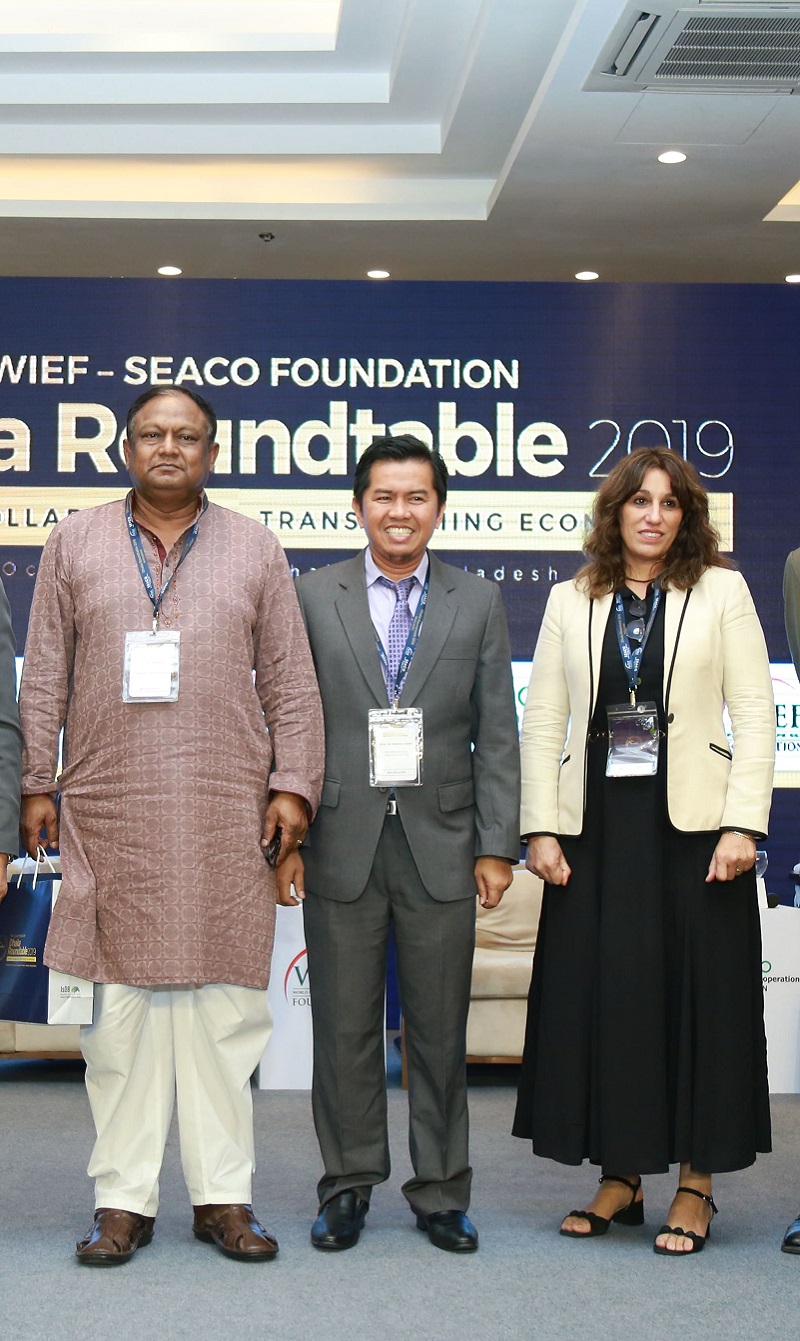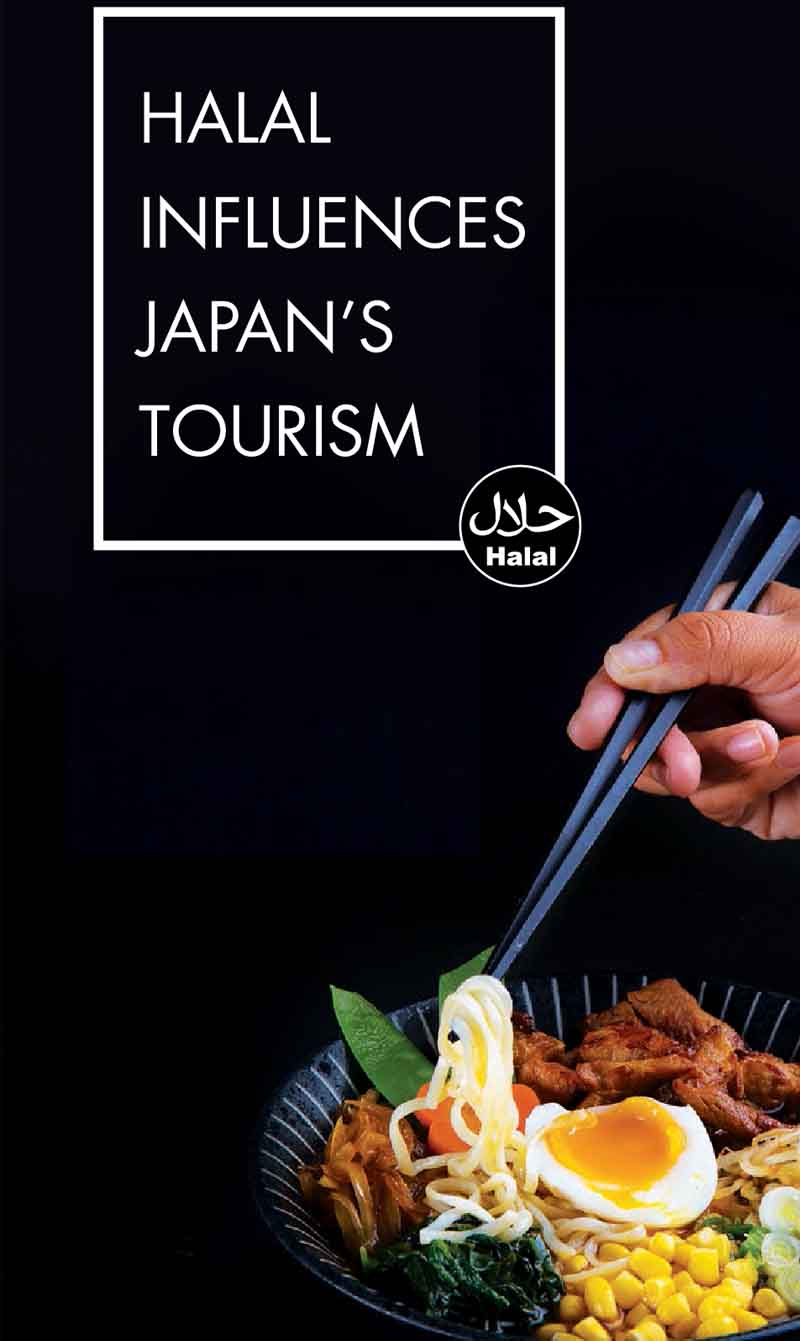Big on halal food
The word ‘halal’ means ‘permissible in Islam. While it applies to an entire market that encompasses banking, finance, fashion, cosmetics, travel and healthcare, it is the halal food industry that has shown significant growth.
In 2014, Muslims spent USD 1.13 trillion on halal food alone, and the same report predicted that halal food expenditure would grow to USD 1.6 trillion by 2020. According to the SGIE Report for 2015/2016, the halal food market now constitutes 12 percent of the global trade in agrifood products. This is unsurprising, as the global Muslim population as of today (2017) stands at 1.7 billion and is mostly young and growing twice the rate of the global population. 350 million Muslims have made their homes as minorities in many nations, especially in the West, and it is natural that these communities should be eager for products that cater to the needs of their faith—especially halal food. (According to the 2015 State of Global Islamic Economic (SGIE) Report).
“At a time when the IMF describes the global economy [as] entering ‘secular stagnation’ due to a decline in investments and an ageing population, the Islamic economy stands in stark contrast offering the most viable solution to global economic growth and success in the 21st century.”
Making inroads
With Malaysia leading the world in halal food with its innovative marketing of products as “halal and toyyibah” (permissible and good), the halal food industry has made inroads into many countries including China and South Africa. Halal food can be found in many parts of the world — from New York to Jakarta — and even in countries where Muslims are minorities, where halal food is not perceived as exclusive for Muslims.
The stringent methods employed in halal food preparation has made Halal food an attractive business proposition, as it would be more economical (and even profitable) to employ these methods to produce halal food on a bigger scale rather than just a minimal amount. This has peaked the interest of entrepreneurs who are seeking to tap the benefits of a fast-growing market.
An interesting development in halal food production is that, despite the market being based on the religious needs of Muslims, many halal businesses are owned by non-Muslims who hire Muslims.
What matters is that end-consumers have access to halal food while ownership of halal food production is less of a priority to consumers. With the emigration of Muslims from majority-Muslim countries such as Indonesia, Malaysia, Pakistan and the MENA region to other parts of the world, halal food is enriching the palates of both Muslim and non-Muslim populations alike.
A taste of everything
Young Muslims today want a taste of everything from pho to Scandinavian meat dishes, and dishes that traditionally employ non-halal ingredients, such as pork or other non-halal meat. Muslims are now creating halal substitutions that come very close in taste to the original dishes.
These dishes have been showcased in major cities around the world throughout the year in festivals like the Toronto Halal Food Fest, the American Halal Food Fest in Fremont, California, UK’s Halal Food Fest, the Malaysia-Thailand Halal Food Festival, Halal Fiesta (Halfest) and Malaysian International Halal Showcase (MIHAS) of Malaysia, which attracts millions of consumers and business owners and create opportunities worth tens of millions of dollars.
In Spain, Michelin-star chef Paco Morales is unearthing the rich culinary traditions of Andalusia the halal way. A speaker at the 12th World Islamic Economic Forum in Jakarta last year, Morales explained his gastronomical journey and how it developed over the years, offering a Spanish halal taste to the world in his restaurant Noor.
In Britain, there are food outlets that cater to the changing tastes for halal food by generations of Muslims who have grown up in the West. ieat Foods make halal shepherd’s pie and spaghetti bolognese. “Those are a hit among the increasing number of Muslims who, like herself, grew up in Britain, craving the same grub that their non-Muslim friends ate. Willowbrook, an organic halal farm in Oxfordshire, produces bacon from beef and boned, rolled shoulders of lamb — ideal for Sunday roasts. Halal food is also getting posher. Haloodies (a portmanteau of “halal” and “foodies”) is a brand of neatly packaged halal meats. Unlike many traditional halal butchers, it offers cuts such as fillet steaks,” This is based on The Economist article in 2014, which talked about how the halal food is changing, just like the British Muslims.
As the virtues of halal food production, such as cleanliness and etiquette are being more popularly advertised and explained in a non-religious manner, halal food is gaining fans among those of other faiths as well.
Halal food doesn’t stop at Persian, Turkish or Middle Eastern restaurants, Italian and continental halal food is also served in restaurants like Flames in Sweden.
In China, the Muslim Uighur’s kebabs were said to be in such popular demand by the non-Muslim population that the government had to impose a ban on outdoor grilling to curb the excessive smoke that adds to the permanent smog of Beijing.
An interesting development in halal food production is that, despite the market being based on the religious needs of Muslims, many halal businesses are owned by non-Muslims who hire Muslims.
Bridging the gap with food
On another note, however, in countries where there are Muslims and non- Muslims living side by side as a community, the availability of halal food has helped bridge divides. The mingling of Muslims and non-Muslims in their everyday lives will only continue to contribute to changes in the global halal food market, which has been intensified as air travels become more accessible.
Some of the best halal restaurants in the world are now not found just in the Middle East or Indonesia, where the largest number of Muslims live, but in major non-Muslim cities such as in Singapore, Bangkok, Chicago, Sydney, San Francisco, Siem Reap, Hong Kong and even Chicago.
For example, a top halal restaurant in Cambodia, the Muslim Family Kitchen, serves a refreshing menu of Cambodian home-cooked food complete with local favourites such as amok, loc lac saic co, trei bei ruchiet and samlor machou kreung.
In Chicago, Papacito’s Mexican Grille is a rare combination of halal and Mexican, while in Perth, Australia, diners can enjoy authentic halal Malay cuisine at Insan’s Cafe. The Halal Boys in Jakarta, which is very much like The Halal Guys of New York, takes New York street food to the world’s biggest Muslim population.
Despite the success of the halal food business, however, there are still problems of educating producers to improve business practices in order to realise the industry’s full potential. Main issues include data tracking, convergence with other products, the lack of premium halal products, proper labelling and improving the ethical values of the halal food industry to comply fully with Islamic values.
In the Republic of Korea’s Pyeongchang, the host city of the Winter Olympics in 2018, WIEF‘s Chairman Tun Musa Hitam met with Gangwon’s Governor Moon-Soon Choi at the WIEF Invest Roundtable Session and discussed measures to develop the halal market while introducing clean agriculture and livestock products in the province of Gangwon.
Malaysia’s role in the halal food economy goes without saying, as it is a world leader in the halal food economy, followed closely by Pakistan, the United Arab Emirates, Australia and Oman.
In this respect, the SGIE Report suggests that there needs to be better education to aid in the creation of professional Islamic economies.
It is hoped that with more awareness, and more adherence to standards, the halal food industry can continue to advance and cater to the ever-growing needs of consumers.
The mingling of Muslims and non-Muslims in their everyday lives will only continue to contribute to changes in the global halal food market.
___________________





